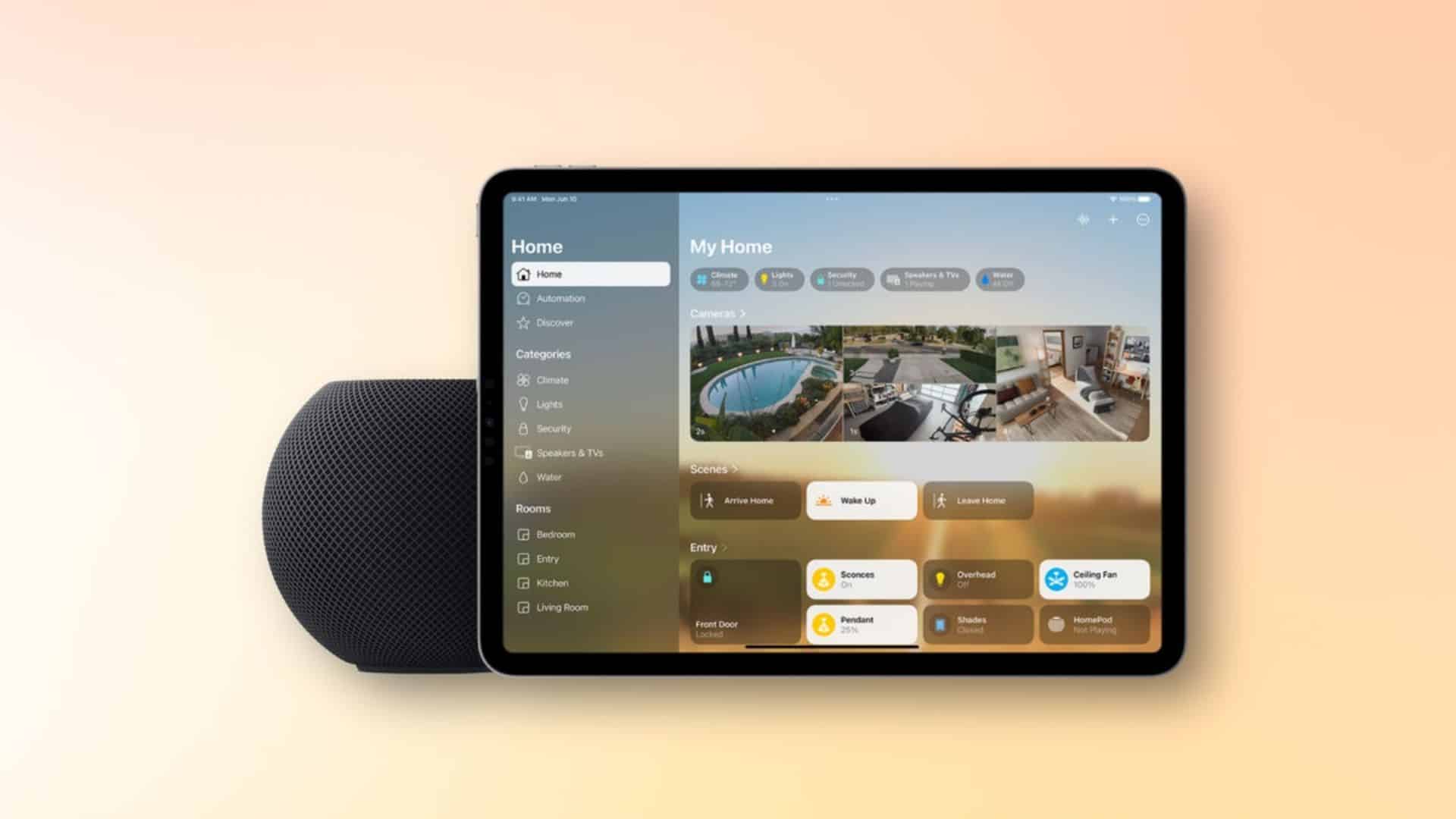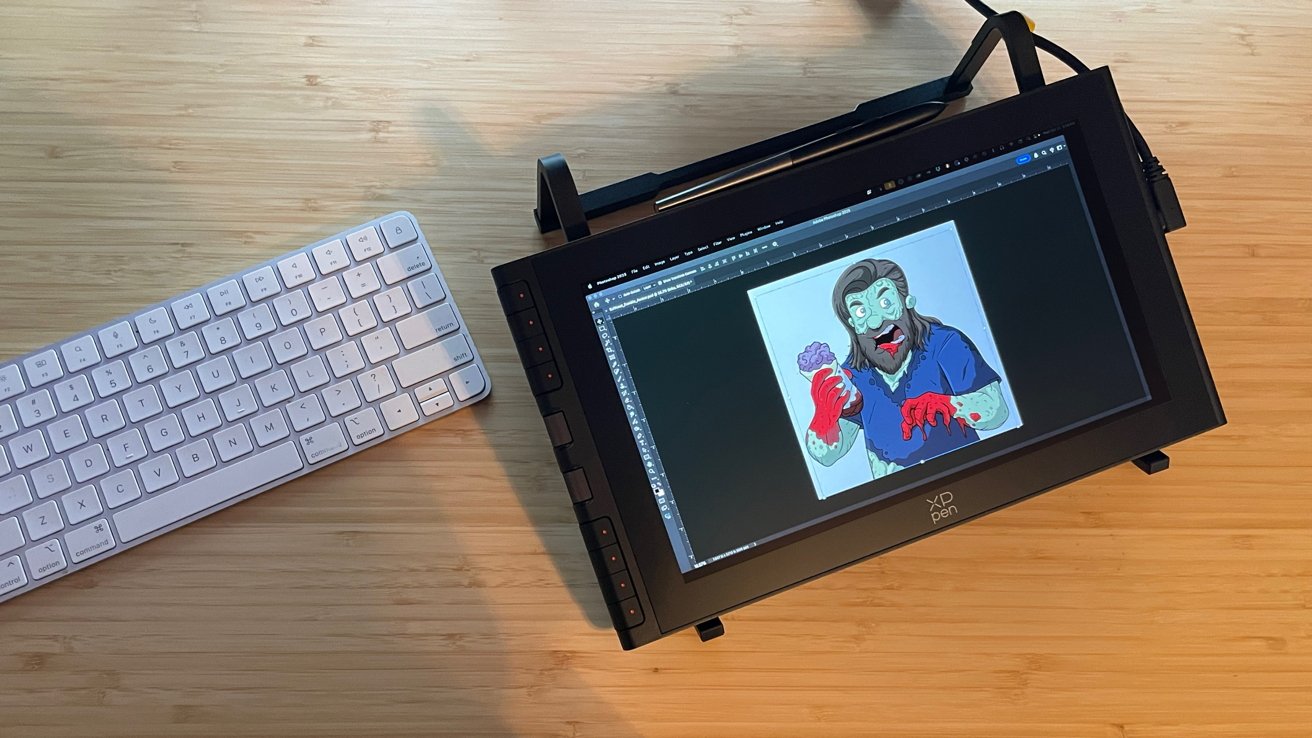The Macintosh Control Panel, now known as Settings, has been a cornerstone of the Mac user experience since the original Macintosh’s debut in 1984. Over the past two decades, this application has undergone numerous transformations, reflecting the broader evolution of macOS’s user interface (UI) design. Designer and author Marcin Wichery has meticulously chronicled these changes, offering interactive emulations that allow users to experience the Control Panel’s evolution firsthand.
The Genesis: System 1.0 (1984)
In 1984, Apple introduced System 1.0, marking a significant departure from text-based command-line interfaces. The Control Panel in this initial release was a simple, monochromatic window featuring basic settings like volume control and mouse speed. Its minimalist design laid the groundwork for future iterations, emphasizing user-friendly interaction.
The Classic Era: System 7 to Mac OS 9 (1991–2001)
The 1990s ushered in the Classic Era of macOS, characterized by the introduction of color and a more sophisticated interface. System 7 brought color to the Mac, enriching the user experience and enhancing visual clarity. The Platinum interface, introduced in Mac OS 8, further refined the aesthetic with a sleek, metallic look that became iconic.
During this era, macOS saw significant improvements in usability. The Color GUI enhanced user engagement and accessibility, while the Platinum Appearance streamlined design with polished, cohesive visuals. Features like the Control Strip and Apple Menu made navigation and system control more intuitive, contributing to a more seamless user experience.
A New Beginning: macOS X and the Skeuomorphism Era (2001–2013)
With the turn of the millennium, macOS X arrived, heralding a new era with the Aqua interface. Aqua’s design was bold and refreshing, characterized by translucency, vibrant colors, and fluid animations. This period is marked by skeuomorphism, a design philosophy that aims to make digital interfaces resemble their real-world counterparts. This approach made the interface intuitive and familiar, leveraging physical metaphors to aid usability.
The Aqua Interface, known for its sleek, water-like elements and translucent effects, set a new standard for macOS design. Skeuomorphic design elements, such as the calendar app resembling a physical calendar with torn paper edges, added to the intuitive feel. The Dock offered a dynamic and intuitive way to access applications and documents, while unified window design ensured consistency and ease of use across different applications.
The Transition: From Skeuomorphism to Flat Design (2013–2020)
In 2013, Apple began shifting away from skeuomorphism with the release of iOS 7 and subsequently macOS Yosemite in 2014. This new design language embraced flat design, characterized by minimalism and simplicity. The move to flat design was a response to changing design trends and a desire for a cleaner, more modern look.
Flat design emphasized simplicity and minimalism, moving away from intricate textures and 3D effects. Continuity enhanced the seamless integration between macOS and other Apple devices, while Dark Mode, introduced in macOS Mojave, provided an alternative visual experience that reduced eye strain.
The Modern Era: Neomorphism and Beyond (2020–Present)
The release of macOS Big Sur in 2020 marked another significant evolution in macOS design, introducing elements of neomorphism. Neomorphism blends flat design with subtle skeuomorphic principles, using soft shadows and highlights to create a sense of depth while maintaining a minimalist aesthetic.
This era introduced a unified design language that created a cohesive look across macOS and iOS. Neomorphic elements incorporated subtle shadows and gradients to add depth and realism to flat design. Enhanced depth and spacing improved readability and visual hierarchy, while customization options offered more ways for users to personalize their interface.
Interactive Emulations: A Hands-On Experience
Marcin Wichery’s project offers interactive emulations of various Control Panel versions, allowing users to engage with the interfaces as they evolved. These emulations not only showcase the visual transformations but also highlight the functional changes that have occurred over the years. For instance, users can experience the transition from the monochromatic simplicity of System 1.0 to the vibrant, feature-rich interfaces of later versions.
These emulations serve as a valuable resource for designers, historians, and enthusiasts interested in the progression of user interface design. They provide insight into how design choices impact user experience and reflect broader technological advancements.
Conclusion
The evolution of the Mac Control Panel over the past two decades mirrors the broader trajectory of macOS UI design. From the simplicity of System 1.0 to the sophisticated interfaces of today, each iteration reflects Apple’s commitment to enhancing user experience through thoughtful design. Marcin Wichery’s interactive emulations offer a unique opportunity to explore this evolution firsthand, providing both a nostalgic journey and a learning experience for those interested in the history of user interface design.



